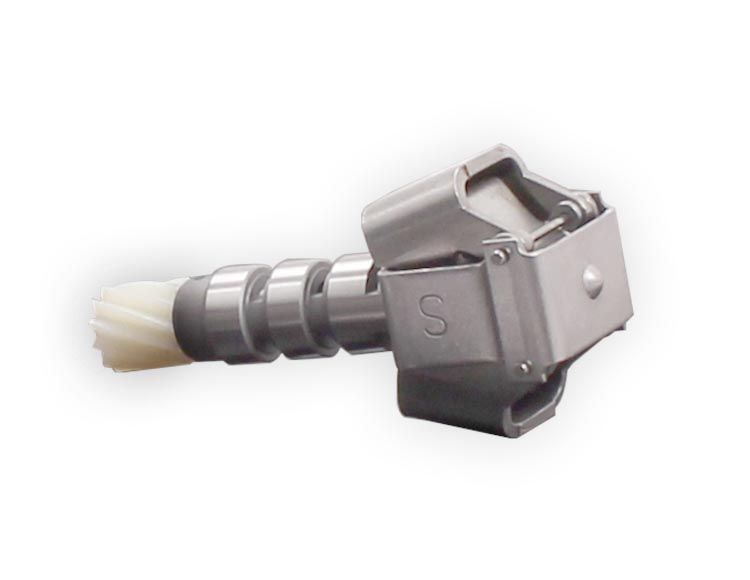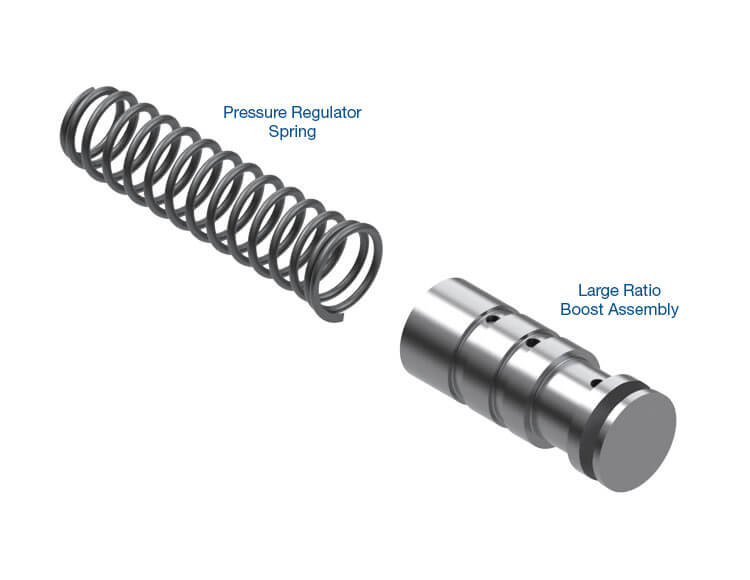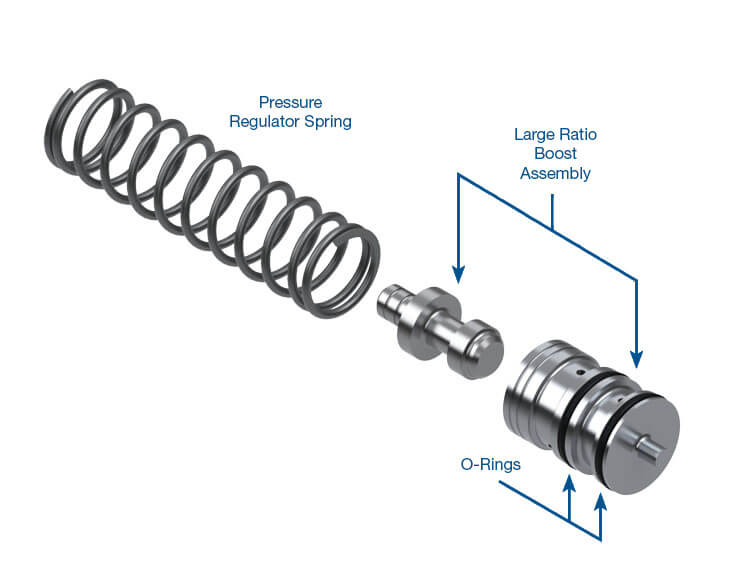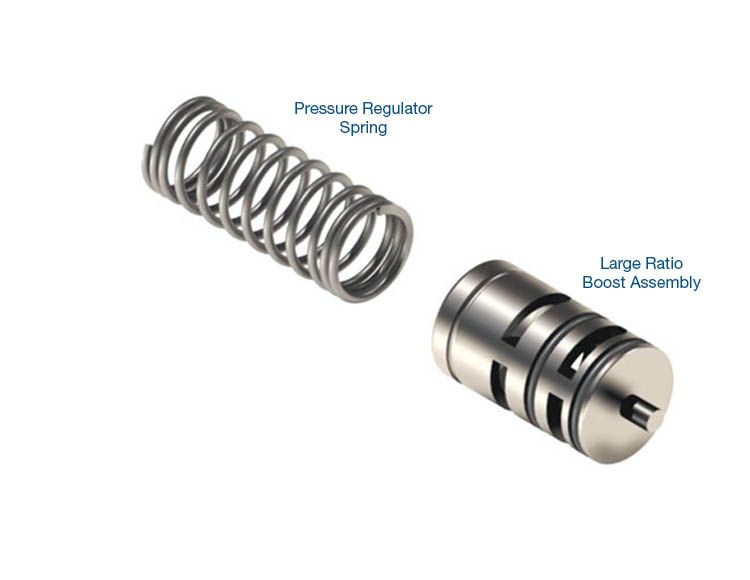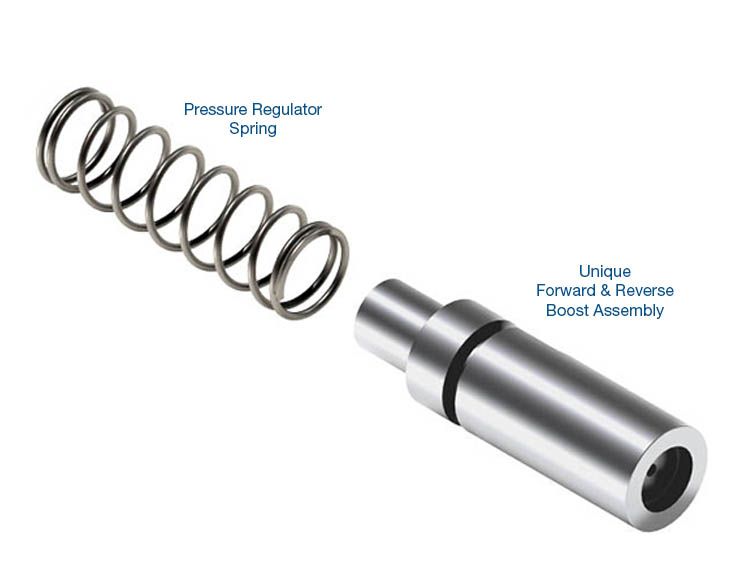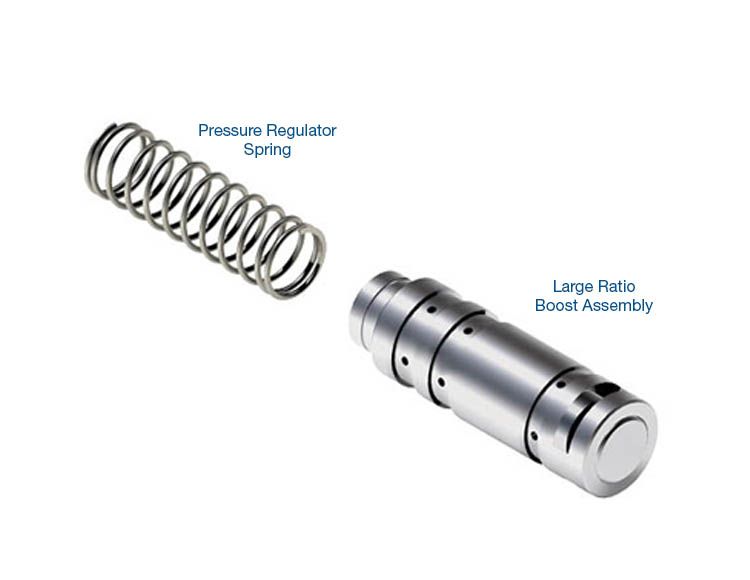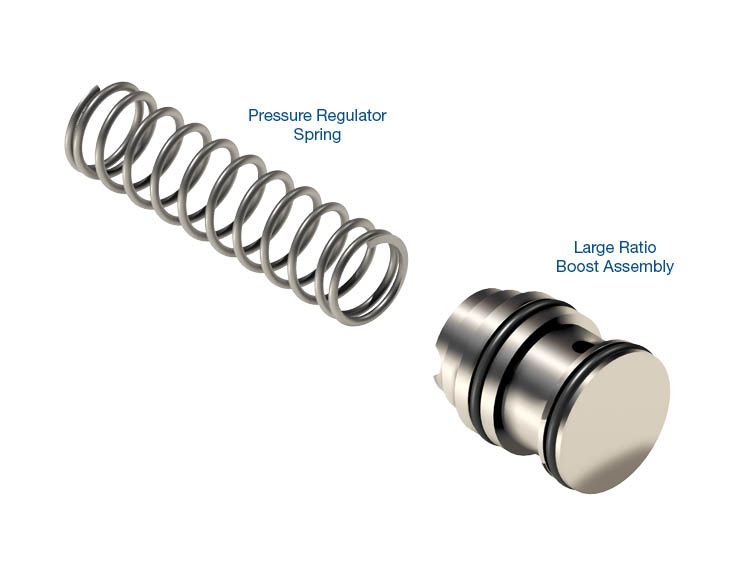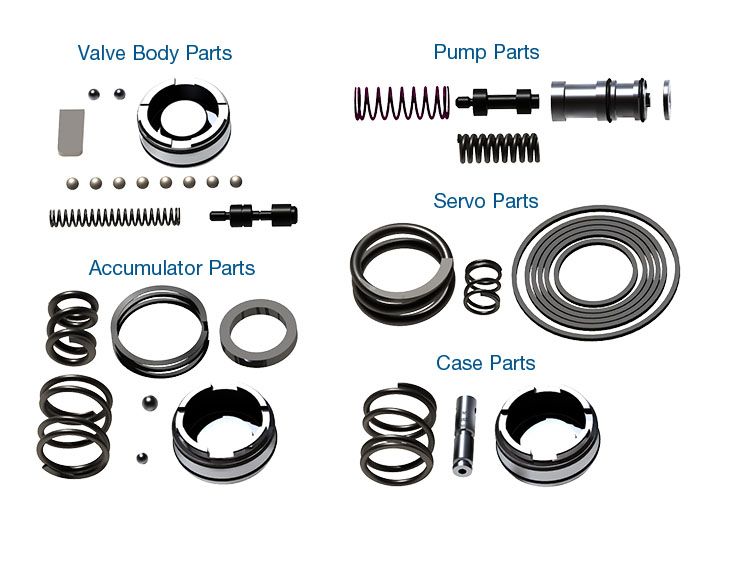February 08, 2018
Drilling Orifices the Smart Way
Orifice Feed Hole Guidelines
Do not drill feed holes too large.
- A small change in diameter can make a big change in the area of the hole the oil flows through.
- Use this chart to determine drill diameter for any increase in orifice area that you think best suits the vehicle you are working on.
| Original Orifice Dia. | Enlarged Dia. | ||||
|---|---|---|---|---|---|
| + 10% area | + 20% area | + 30% area | + 40% area | + 50% area | |
| 0.040 | 0.042 | 0.044 | 0.046 | 0.047 | 0.049 |
| 0.045 | 0.047 | 0.049 | 0.051 | 0.053 | 0.055 |
| 0.050 | 0.052 | 0.055 | 0.057 | 0.059 | 0.061 |
| 0.055 | 0.058 | 0.060 | 0.063 | 0.065 | 0.067 |
| 0.060 | 0.063 | 0.066 | 0.068 | 0.071 | 0.073 |
| 0.065 | 0.068 | 0.071 | 0.074 | 0.077 | 0.080 |
| 0.070 | 0.073 | 0.077 | 0.080 | 0.083 | 0.086 |
| 0.075 | 0.079 | 0.082 | 0.086 | 0.089 | 0.092 |
| 0.080 | 0.084 | 0.088 | 0.091 | 0.095 | 0.098 |
| 0.085 | 0.089 | 0.093 | 0.097 | 0.101 | 0.104 |
| 0.090 | 0.094 | 0.099 | 0.103 | 0.106 | 0.110 |
| 0.095 | 0.100 | 0.104 | 0.108 | 0.112 | 0.116 |
| 0.100 | 0.105 | 0.110 | 0.114 | 0.118 | 0.122 |
| 0.105 | 0.110 | 0.115 | 0.120 | 0.124 | 0.129 |
| 0.110 | 0.115 | 0.120 | 0.125 | 0.130 | 0.135 |
| 0.115 | 0.121 | 0.126 | 0.131 | 0.136 | 0.141 |
| 0.120 | 0.126 | 0.131 | 0.137 | 0.142 | 0.147 |
| 0.125 | 0.131 | 0.137 | 0.143 | 0.148 | 0.153 |
| 0.130 | 0.136 | 0.142 | 0.148 | 0.154 | 0.159 |
| 0.135 | 0.142 | 0.148 | 0.154 | 0.160 | 0.165 |
| 0.140 | 0.147 | 0.153 | 0.160 | 0.166 | 0.171 |
| 0.145 | 0.152 | 0.159 | 0.165 | 0.172 | 0.178 |
| 0.150 | 0.157 | 0.164 | 0.171 | 0.177 | 0.184 |
| Common Fractions and Decimal Equivalents | |||||
| 1/16 | = | 0.063 | 1/8 | = | 0.125 |
| 5/64 | = | 0.078 | 9/64 | = | 0.140 |
| 3/32 | = | 0.094 | 5/32 | = | 0.156 |
| 7/64 | = | 0.109 | 11/64 | = | 0.172 |
Too Much of a Good Thing Causes Problems
Drilling clutch feed orifices is a proven way to reduce clutch engagement time and firm-up shift feel. This helps with otherwise lazy-shifting transmissions, hardworking commercial applications or units modified for performance use. But many times when a feed orifice is enlarged, the hole is drilled too large and the change in shift feel is far greater than intended. This results in harsh shifts, which many customers do not like and view as a nuisance.
If you wish to enlarge feed orifices, these guidelines will help you determine what drill bit size corresponds with a specific percentage increase in orifice area so you are less likely to cause problems when making these common modifications. Experience has shown a 20% increase yields a subtle yet noticeable change in shift feel without causing harsh shifts that generate customer complaints.
Orifice Feed Holes
200-4R

TH350

4L60 (700-R4)

4L60-E, 4L65-E, 4L70-E

4L80-E, 4L85-E

4R70W, 4R75W, AODE
1-2a is the feed orifice, 1-2b should always be larger than 1-2a. 2-3a (some models) is the low-speed 2-3 feed, 2-3b is the high-speed 2-3 feed. 3-4 does not have a conventional feed orifice.

4T65-E

TH400
There are three different plates for the TH400: the '89-later seven-ball plate and two versions of the six-ball plate. The difference between the six-ball plates is the location of the 2-3 hole.
6-Ball Plate Version 1:

6-Ball Plate Version 2:

7-Ball Plate:

Learn More
October 25, 2018
Another Day at the Orifice: Separator Plate Modification Considerations
Brian Wing
April 28, 2017
4L60E Performance & Heavy-Duty Transmission Build Guides
February 26, 2021
700-R4 (4L60) Performance Transmission Build Guide
Gregg Nader
Related Units
Related Parts
While Sonnax makes every effort to ensure the accuracy of technical articles at time of publication, we assume no liability for inaccuracies or for information which may become outdated or obsolete over time.
